JareBear: Remastered
Banned
From Unreal Engine Twitter
Unreal Engine 5 empowers artists to achieve unprecedented levels of detail and interactivity, and brings these capabilities within practical reach of teams of all sizes through highly productive tools and content libraries. \
Join Technical Director of Graphics Brian Karis and Special Projects Art Director Jerome Platteaux (filmed in March 2020) for an in-depth look at "Lumen in the Land of Nanite" - a real-time demonstration running live on PlayStation 5 showcasing two new core technologies that will debut in UE5: Nanite virtualized micropolygon geometry, which frees artists to create as much geometric detail as the eye can see, and Lumen, a fully dynamic global illumination solution that immediately reacts to scene and light changes.
Also present in the demo are next-gen features already available in Unreal Engine 4.25, such as Niagara VFX improvements, Chaos physics and destruction, animation system enhancements, and audio advancements.
Unreal Engine 4.25 also includes support for next-gen consoles. Learn more at unrealengine.com/blog/a-first-look-at-unreal-engine-5
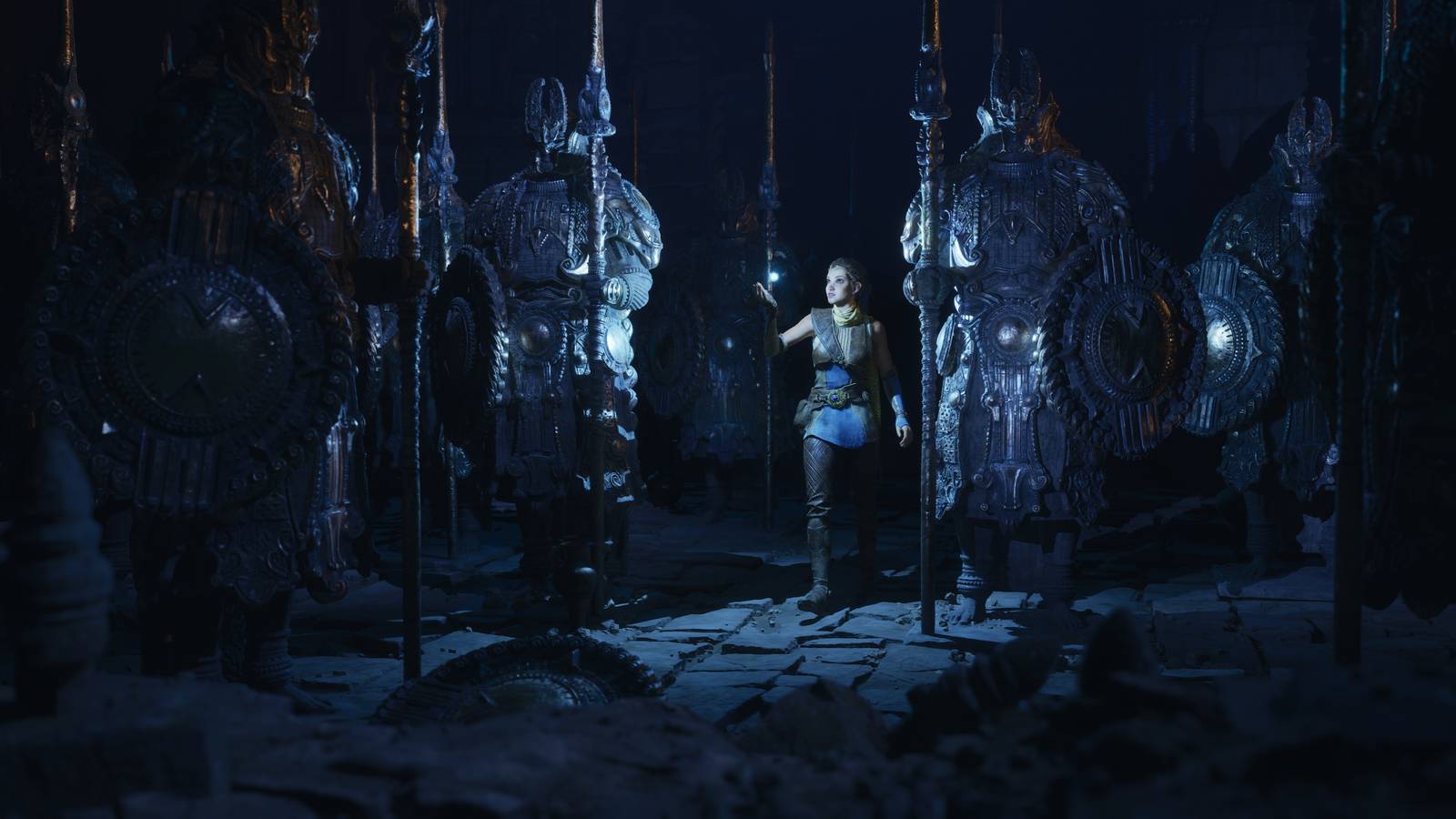
Here’s Unreal Engine 5 running on the PlayStation 5
Epic Games gives us our best look at next-gen video game graphics yet

This is next-gen: see Unreal Engine 5 running on PlayStation 5
A genuine generational leap that must be seen to be believed
-------------------------------------------------------------------------------------------------
Geoff's stream
where is direct feed? damn i want it now
(thank you
-----------------------------------------------------
DF Direct - UE5 Engine Tech Demo on PS5 Reaction - Now This Is Next-Gen!
From DF -
But it's Sweeney's invocation of REYES that I'm particularly struck by. The UE5 tech demo doesn't show extreme detail at close range, it's also delivering huge draw distances and no visible evidence whatsoever of LOD pop-in. Everything is seamless, consistent.
More from the DF article
That changes today with Epic Games' reveal of Unreal Engine 5, accompanied by an astonishing tech demo confirmed as running in real-time on PlayStation 5 hardware. The promise is immense with the quality and density of the visuals on display almost defying belief. Imagine a game world where geometric detail is unlimited, with no pop-in and huge draw distances. Now picture this unprecedented level of fidelity backed up by real-time global illumination that's fully dynamic.
With Unreal Engine 5, Epic is looking to free developers from the constraints of poly counts and draw calls, to allow artists to simply drop in their full-fidelity ZBrush models and photogrammetry data. There's no need for simplifying models to hit performance targets, no need for LOD generation
The 'Lumen in the Land of Nanite' demo includes a close-up on a statue built from 33 million triangles with 8K textures. It's displayed at maximum fidelity within the scene, with no developer input required. Moving into the next room, the demo wows us with almost 500 of those same statues in place (485 to be precise), all displayed at the same maximum quality. That's 16 billion triangles in total,
it's the engine's job to determine exactly what pixels need to be drawn in order to display it. It doesn't mean drawing all 10 billion polygons every frame because some of them are much, much smaller than the pixel. It means being able to render and an approximation of it which misses none of the detail that you're able to perceive and once you get to that point, you're done with geometry.
"A number of different components are required to render this level of detail, right?" offers Sweeney. "One is the GPU performance and GPU architecture to draw an incredible amount of geometry that you're talking about - a very large number of teraflops being required for this. The other is the ability to load and stream it efficiently. One of the big efforts that's been done and is ongoing in Unreal Engine 5 now is optimising for next generation storage to make loading faster by multiples of current performance. Not just a little bit faster but a lot faster, so that you can bring in this geometry and display it, despite it not all fitting and memory, you know, taking advantage of next generation SSD architectures and everything else... Sony is pioneering here with the PlayStation 5 architecture. It's got a God-tier storage system
But it's Sweeney's invocation of REYES that I'm particularly struck by. The UE5 tech demo doesn't show extreme detail at close range, it's also delivering huge draw distances and no visible evidence whatsoever of LOD pop-in. Everything is seamless, consistent.
And to prove the point, the UE5 demo running on PlayStation 5 mostly uses full fidelity assets taken from the Quixel Megascans library - not the more simplified versions designed for video games using 8K textures.

The Unreal Engine 5 PS5 Demo Isn't a Real Game, But It Is Fully Playable - IGN
The Unreal Engine 5 demo for PS5 is not a real game, but Epic confirmed that it is fully playable and would have been demoed at GDC.
-----------------------------------
UE5 on XsX talk
Damn. Microsoft have a lot of damn studios, according to Klobrille, that are or plan to use Unreal Engine V:
edit
thanks
Screenshots of PS5 real-time gameplay:





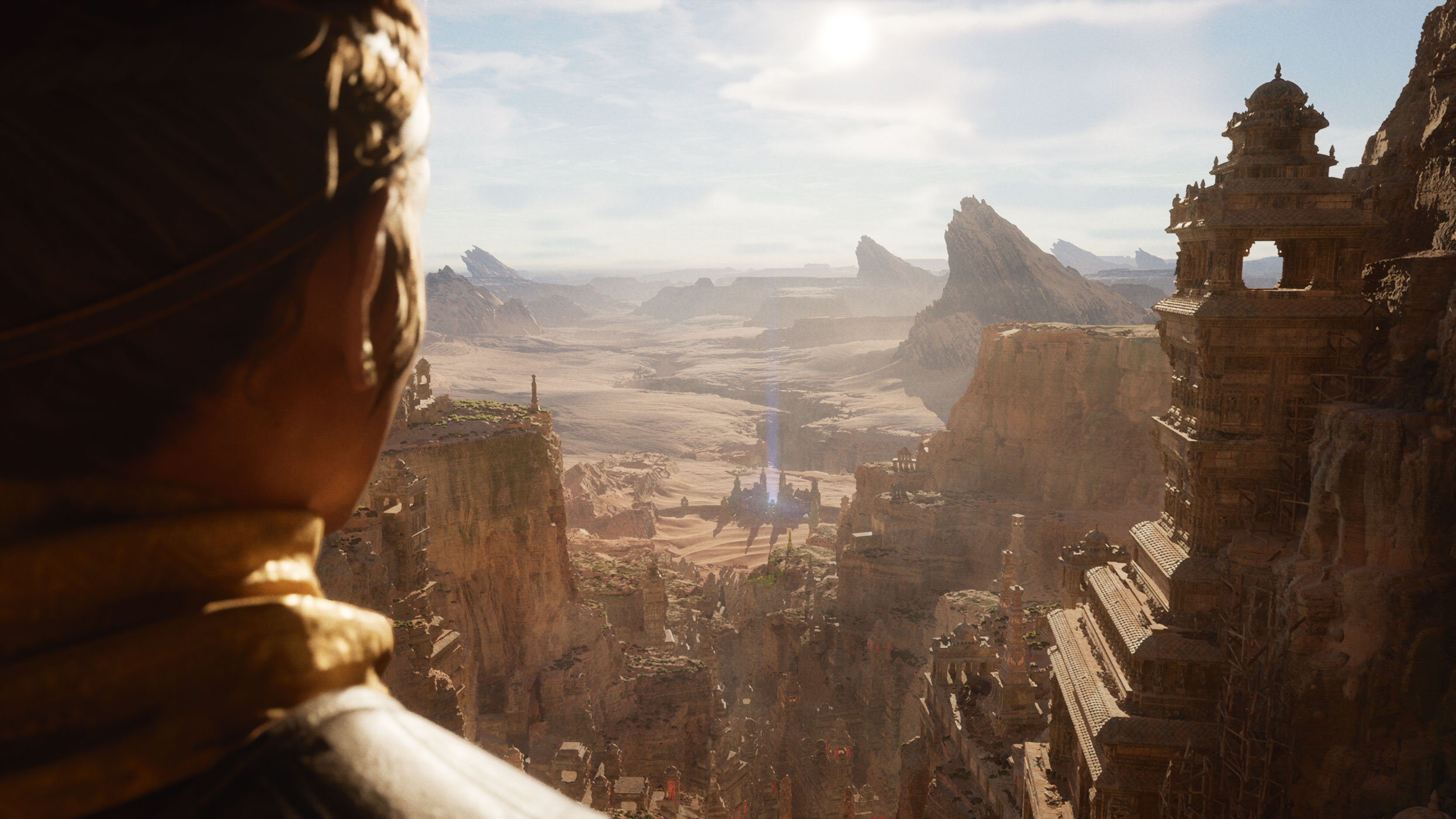
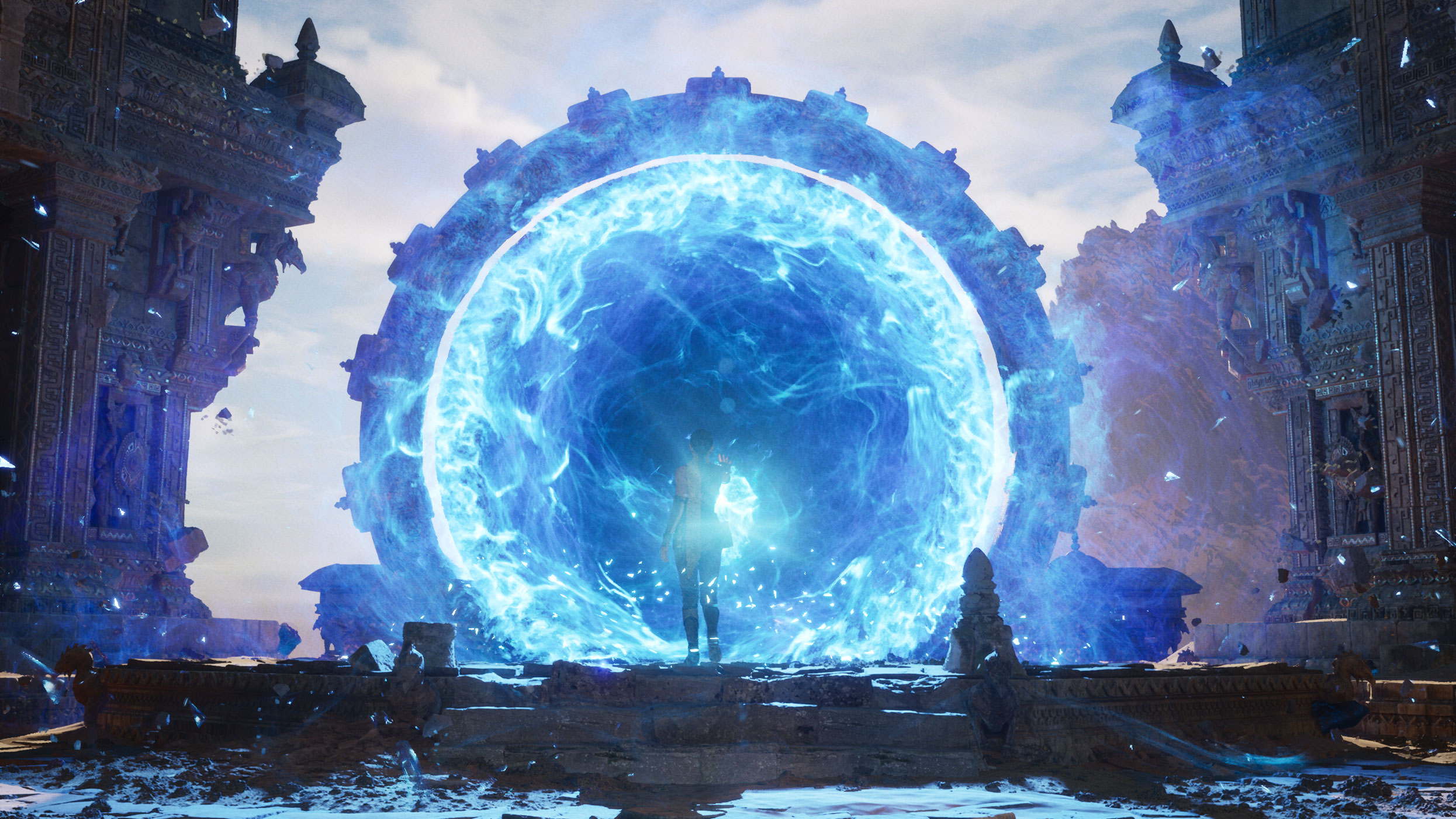
Source:

A first look at Unreal Engine 5
Get a glimpse of new and improved real-time rendering features currently in development.www.unrealengine.com
More of the UE5 demo screenshots running in real-time on PS5, thanks to @Radical_3d











Source:

Epic Unreal Engine 5 screenshot gallery
www.eurogamer.net
-----------------------------------
PC Gamer - asks about 2070 Super handling UE5 Demo and storage requirements for it
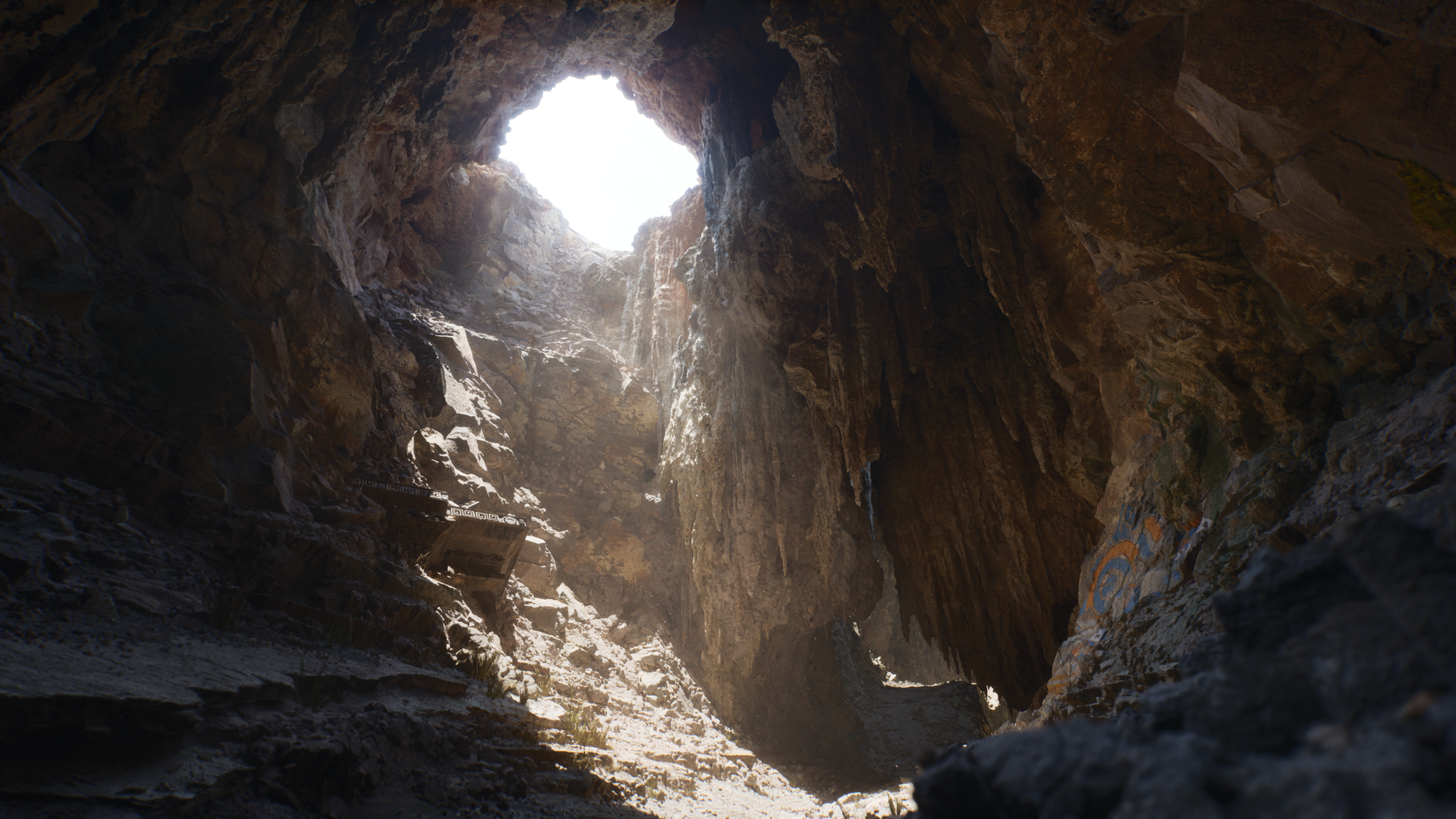
Fast SSD storage is key to the Unreal Engine 5 demo's super detailed scenes
Along with a good GPU, you'll need a speedy drive if you want to run UE5 games at the level of detail shown in the demo.
Fast SSD storage is key to the Unreal Engine 5 demo's super detailed scenes
I couldn't get any exact specifications from Epic, but on a conference call earlier this week I asked how an RTX 2070 Super would handle the demo, and Epic Games chief technical officer Kim Libreri said that it should be able to get "pretty good" performance. But aside from a fancy GPU, you'll need some fast storage if you want to see the level of detail shown in the demo video.
That doesn't mean that old HDDs will be unable to handle UE5 games and their billion-polygon "film quality" assets. The idea behind UE5 is to let developers import the highest quality assets they have, and then automatically scale everything to fit the hardware being used, all the way down to phones.
"You could render a version of this [demo on a system with an HDD], it would just be a lot lower detail," said Sweeney.
-------------------------------
Somnium's GIF Emporium. Eye Candy For Everyone.
GIFs courtesy of M mortal
-----------------------
Phil Spencer tweets
--------------------------
Eurogamer: Inside The Unreal Engine 5 Demo
Alex from DF just put up an Inside Unreal Engine 5 article

 www.eurogamer.net
www.eurogamer.net

Inside Unreal Engine 5: how Epic delivers its generational leap
A closer look at the new Nanite and Lumen technology
Epic's reveal of Unreal Engine 5 running in real-time on PlayStation 5 delivered one of the seismic news events of the year and our first real 'taste' of the future of gaming. A true generational leap in terms of sheer density of detail, alongside the complete elimination of LOD pop-in, UE5 adopts a radical approach to processing geometry in combination with advanced global illumination technology. The end result is quite unlike anything we've seen before, but what is the actual nature of the new renderer? How does it deliver this next-gen leap - and are there any drawbacks?
Watching the online reaction to the tech trailer has thrown up some interesting questions but some baffling responses too. The fixation on the main character squeezing through a crevice was particularly puzzling but to make things clear, this is obviously a creative decision, not a means to slow down the character to load in more data - it really is that simple. Meanwhile, the dynamic resolution with a modal 1440p pixel count has also drawn some negative reaction. We have access to 20 uncompressed grabs from the trailer: they defy traditional pixel counting techniques.
Some interesting topics have been raised, however. The 'one triangle per pixel' approach of UE5 was demonstrated with 30fps content, so there are questions about how good 60fps content may look. There have also been some interesting points raised about how the system works with dynamic geometry, as well as transparencies like hair or foliage. Memory management is a hot topic too: a big part of the UE5 story is how original, full fidelity assets can be used unaltered, unoptimised, in-game - so how is this processed? So, to what extent is the Lumen in the Land of Nanite tech demo leveraging that immense 5.5GB/s of uncompressed memory bandwidth?
Core to the innovation in Unreal Engine 5 is the system dubbed Nanite, the micro-polygon renderer that delivers the unprecedented detail seen in the tech demo.
"With Nanite, we don't have to bake normal maps from a high-resolution model to a low-resolution game asset; we can import the high-resolution model directly in the engine. Unreal Engine supports Virtual Texturing, which means we can texture our models with many 8K textures without overloading the GPU." Jerome Platteaux, Epic's special projects art director, told Digital Foundry. He says that each asset has 8K texture for base colour, another 8K texture for metalness/roughness and a final 8K texture for the normal map. So, we end up with eight sets of 8K textures, for a total of 24 8K textures for one statue alone," he adds.
ince detail is tied to pixel amount in screen size, there is no more hard cut-off - no LOD 'popping' as you see in current rendering systems. Likewise, ideally, it should not have that 'boiling' look like you can see with standard displacement as seen in with ground terrain in a game like 2015's Star Wars Battlefront (which still holds up beautifully today, it has to be said).
In lieu of triangle-based hardware-accelerated ray tracing, te UE5 demo on PlayStation 5 utilises screen-space as seen in current generation games to cover small details, which are then combined with a virtualised shadow map.
"Really, the core method here, and the reason there is such a jump in shadow fidelity, is virtual shadow maps. This is basically virtual textures but for shadow maps. Nanite enables a number of things we simply couldn't do before, such as rendering into virtualised shadow maps very efficiently. We pick the resolution of the virtual shadow map for each pixel such that the texels are pixel-sized, so roughly one texel per pixel, and thus razor sharp shadows. This effectively gives us 16K shadow maps for every light in the demo where previously we'd use maybe 2K at most. High resolution is great, but we want physically plausible soft shadows
We were also really curious about exactly how geometry is processed, whether Nanite uses a fully software-based raw compute approach (which would work well across all systems, including PC GPUs that aren't certified with the full DirectX 12 Ultimate) or whether Epic taps into the power of mesh shaders, or primitive shaders as Sony describes them for PlayStation 5. The answer is intriguing.
"The vast majority of triangles are software rasterised using hyper-optimised compute shaders specifically designed for the advantages we can exploit," explains Brian Karis. "As a result, we've been able to leave hardware rasterisers in the dust at this specific task. Software rasterisation is a core component of Nanite that allows it to achieve what it does. We can't beat hardware rasterisers in all cases though so we'll use hardware when we've determined it's the faster path. On PlayStation 5 we use primitive shaders for that path which is considerably faster than using the old pipeline we had before with vertex shaders."
he other fundamental technology that debuts in the Unreal Engine 5 technology demo is Lumen - Epic's answer to one of the holy grails of rendering: real-time dynamic global illumination. Lumen is essentially a non-triangle ray tracing based version of bounced lighting - which basically distributes light around the scene after the first hit of lighting.
"Lumen uses ray tracing to solve indirect lighting, but not triangle ray tracing," explains Daniel Wright, technical director of graphics at Epic. "Lumen traces rays against a scene representation consisting of signed distance fields, voxels and height fields. As a result, it requires no special ray tracing hardware."
To achieve fully dynamic real-time GI, Lumen has a specific hierarchy. "Lumen uses a combination of different techniques to efficiently trace rays," continues Wright. "Screen-space traces handle tiny details, mesh signed distance field traces handle medium-scale light transfer and voxel traces handle large scale light transfer."
And finally, the smallest details in the scene are traced in screen-space, much like the screen-space global illumination we saw demoed in Gears of War 5 on Xbox Series X. By utilising varying levels of detail for object size and utilising screen-space information for the most complex smaller detail, Lumen saves on GPU time when compared to hardware triangle ray tracing.
Another crucial technique in maintaining performance is through the use of temporal accumulation, where mapping the movement of light bounces occurs over time, from frame to frame to frame.
----
4k PNGs
4K PNGs
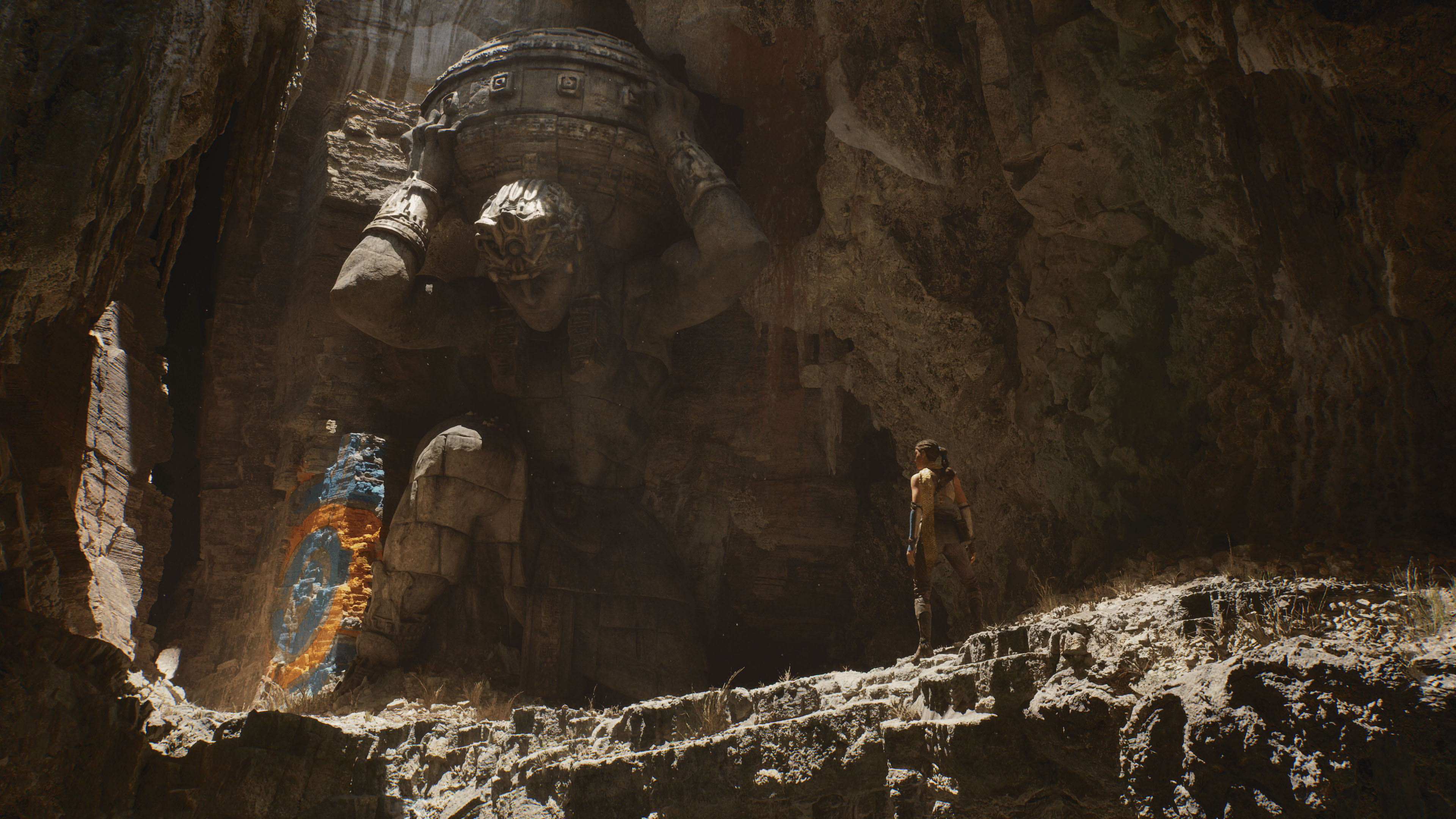
Building next-generation experiences with Megascans and Unreal Engine 5
We’re thrilled to reveal Lumen in the Land of Nanite, a new demo made in Unreal Engine 5 featuring assets from the Quixel Megascans library.quixel.com

Tim Sweeney on Twitter
“The Unreal Engine 5 demo on PlayStation 5 was the culmination of years of discussions between Sony and Epic on future graphics and storage architectures. The Nanite and Lumen tech powering it will be fully supported on both PS5 and Xbox Series X and will be awesome on both.”

Unreal Engine 5 #UE5 on Twitter
“ICYMI or want to watch again in stunning 4K: https://t.co/uqCIjVZCM9”
(this thread has hereby been dedicated to
Last edited:













